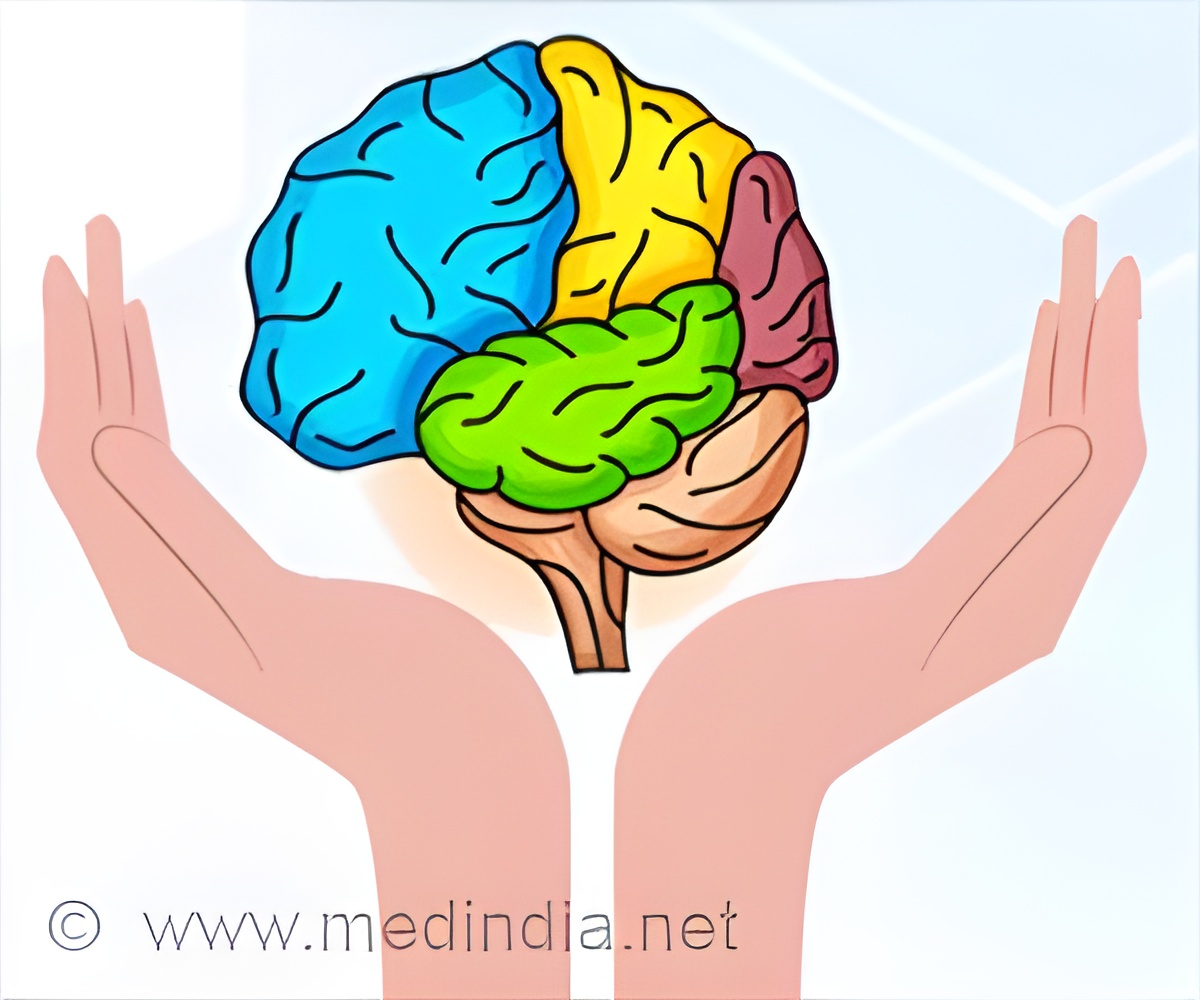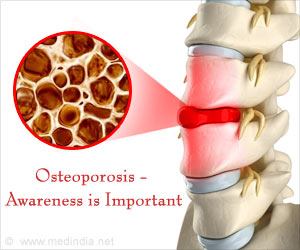Tracking changes in daily activity patterns can help predict Alzheimer’s and other cognitive declines in older adults.

TOP INSIGHT
Tracking changes in daily activity patterns can help predict Alzheimer’s and other cognitive declines in older adults.
“We tend to think of physical activity as a potential therapy to slow cognitive decline, but this study reminds us that cognitive decline may, in turn, slow physical activity—and we might someday be able to monitor and detect such changes for earlier and more efficient testing to delay and maybe prevent cognitive impairment that leads to Alzheimer’s,” says study lead author Amal Wanigatunga, Ph.D., MPH, assistant scientist in the Department of Epidemiology at the Bloomberg School.
Activity Tracking Devices can Predict Dementia
The recent introduction of wearable activity-tracking devices, which are now used by tens of millions of people around the world, has presented an important opportunity for health researchers to measure and track changes in physical movement.The devices can provide automatic, objective measures of daytime physical activity, sleep patterns, heart rate, and blood oxygen levels—and they are typically Internet-connected, allowing their manufacturers to build datasets covering millions of users.
Researchers previously did not have an easy way to access such health-relevant data on such a large scale.
Suppose scientists could identify a distinctive change in activity that predicts the slide into mild cognitive impairment and, eventually, Alzheimer’s and other forms of dementia, then in principle. In that case, older individuals who show this change in activity could be given further cognitive testing—and, when available, earlier treatment.
Adjusting for differences based on age, sex, and race, the researchers found that overall differences in all-day activity measures were not strongly differentiated between the mild cognitive impairment/Alzheimer’s and normal cognition groups. However, some differences were revealed when the researchers focused on activity patterns during certain times of the day.
In the mornings (6 a.m. to noon) and even afternoons (noon to 6 p.m.), the mild cognitive impairment/Alzheimer’s group had significantly lower activity measures than the normal group. The most striking finding was that activity “fragmentation”—a breaking-up of activity into smaller periods—was 3.4 percent higher for the mild cognitive impairment/Alzheimer’s participants during the afternoon period.
“Seeing this difference in the afternoons was interesting—one of the main symptoms of Alzheimer’s dementia is the ‘sundowning’ phenomenon involving increased confusion and mood changes that start in the afternoon, and it might be that these activity markers are capturing some movement related to these symptoms,” Wanigatunga says.
The findings are preliminary because of the cross-sectional, ’snapshot’ nature of the study design. Though they do support the idea that changes in activity patterns accompany cognitive decline into mild cognitive impairment and dementia.
He and his colleagues plan additional studies to follow participants over time to see if measurable yet slight changes in everyday activity patterns help capture early symptomology of mild cognitive impairment and subsequent Alzheimer’s disease dementia.
“Daily Physical Activity Patterns as a Window on Cognitive Diagnosis in the Baltimore Longitudinal Study of Aging (BLSA)” was co-authored by Amal Wanigatunga, Fangyu Liu, Hang Wang, Jacek Urbanek, Yang An, Adam Spira, Ryan Dougherty, Qu Tian, Abhay Moghekar, Luigi Ferrucci, Eleanor Simonsick, Susan Resnick, and Jennifer Schrack.
Source-Eurekalert
 MEDINDIA
MEDINDIA




 Email
Email









